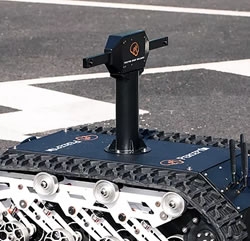Top Article for 2018 - Here Are All the Companies Testing Autonomous Cars In 2018
4 Common Questions About Autonomous Mobile Robots
Swift Navigation Case Study:
Yeti Snow Technology
Autonomous Cars - Safety and Traffic Regulations
Transportation Shift: Autonomous Transportation Has Too Much Going For It
Autonomous Vehicles: The Impacts Are Huge, But How Quickly Will They Be Adopted?
When Cars Think for Us: Autonomous Vehicles and the Role of Energy Storage
Flashy Cars: AVs Will Be Here Later Than Promised, Better Than You Thought
Swift Navigation Case Study: Northstar Robotics
What's Trending in the Automotive World and How Energy Storage Fits In
Autonomous Trucks Will be Rolling on the Highway
Trucks First: Moving Goods Will Have A Larger Impact in Autonomy and Economy
This Robot Tractor is ready to disrupt construction
Google to build a futuristic neighborhood in Toronto
Interview with Shaoshan Liu and Zhe Zhang of PerceptIn
Records 31 to 45 of 57
First | Previous | Next | Last
Featured Product



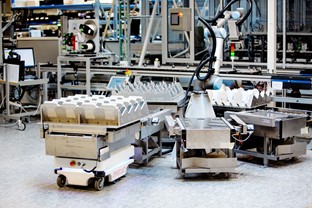

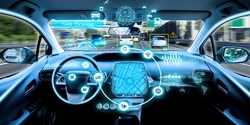

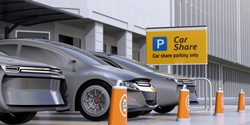


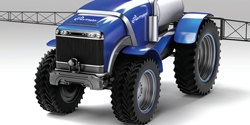
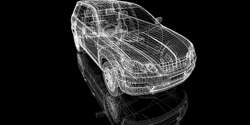

.jpg)


